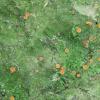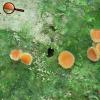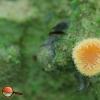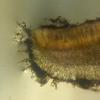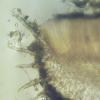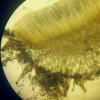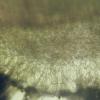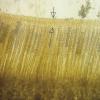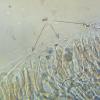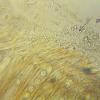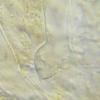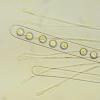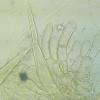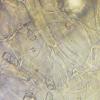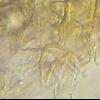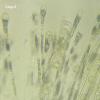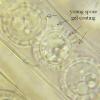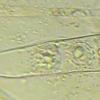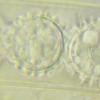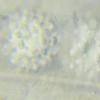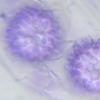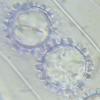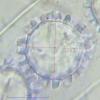
14-11-2025 16:26
 Marian Jagers
Marian Jagers
Hello everyone, On dead wood of Cytisus scoparius

14-11-2025 18:31
 Lothar Krieglsteiner
Lothar Krieglsteiner
Hello,can somebody provide me with a file of:Rothe

12-11-2025 09:25
 Viktorie Halasu
Viktorie Halasu
Hello, I need help with a pale terrestric Pseudom

11-11-2025 20:16
Bohan JiaHi, lastly I have found these tiny yellow decayin

09-11-2025 13:20
Hello.A tiny ascomycete, appearing as erupting gra

08-11-2025 00:29
 Francois Guay
Francois Guay
I found this species in Quebec, Canada, on herbace
One more collection sent by a colleague.
I do not have any idea, looks like Scutellinia? However, I have never seen this genre with such a clear hair.
Maybe some suggestions?
In principle, all the most important features are presented in the pictures.
Spores: Me = 17.6 × 17.1 um; QE = 1 (with ornamentation)
Hair up to 400 um long
Ascomata: 3-5 mm in diameter.
greetings
Mirek

Hi Mirek,
To me, the spores are suggestive of Scutellinia trechispora which I come across quite frequently on damp, calcareous soil. However, the pale hairs are strange and my trechispora specimens are usually larger and with longer hairs.
Best wishes,
Charles.
I support completely the opinion when it comes to spores, typical for S. Trechispora. I had the pleasure of examining this species.
Mirek

Hi again Mirek,
I've come across considerable variability both within Fb size and hair length but I've never seen it with such pale hairs. It looks like there might be an association with moss/algae from your pictures while I mostly find trechispora on bare soil.
Charles.
your colleague should try to get a spore print and then compare it with Ramsbottomia.
Cheers,
Marcel
I look forward to seeing other opinions.
Mal
Mirek
Spores actually slightly smaller but Ascomata was not perfect. Too small percentage of ASCI was mature to recognize Ascomata for mature.
To perform the measurement, I chose spores that were devoid of gel sheath and spikes were clearly visible.
Thank you
